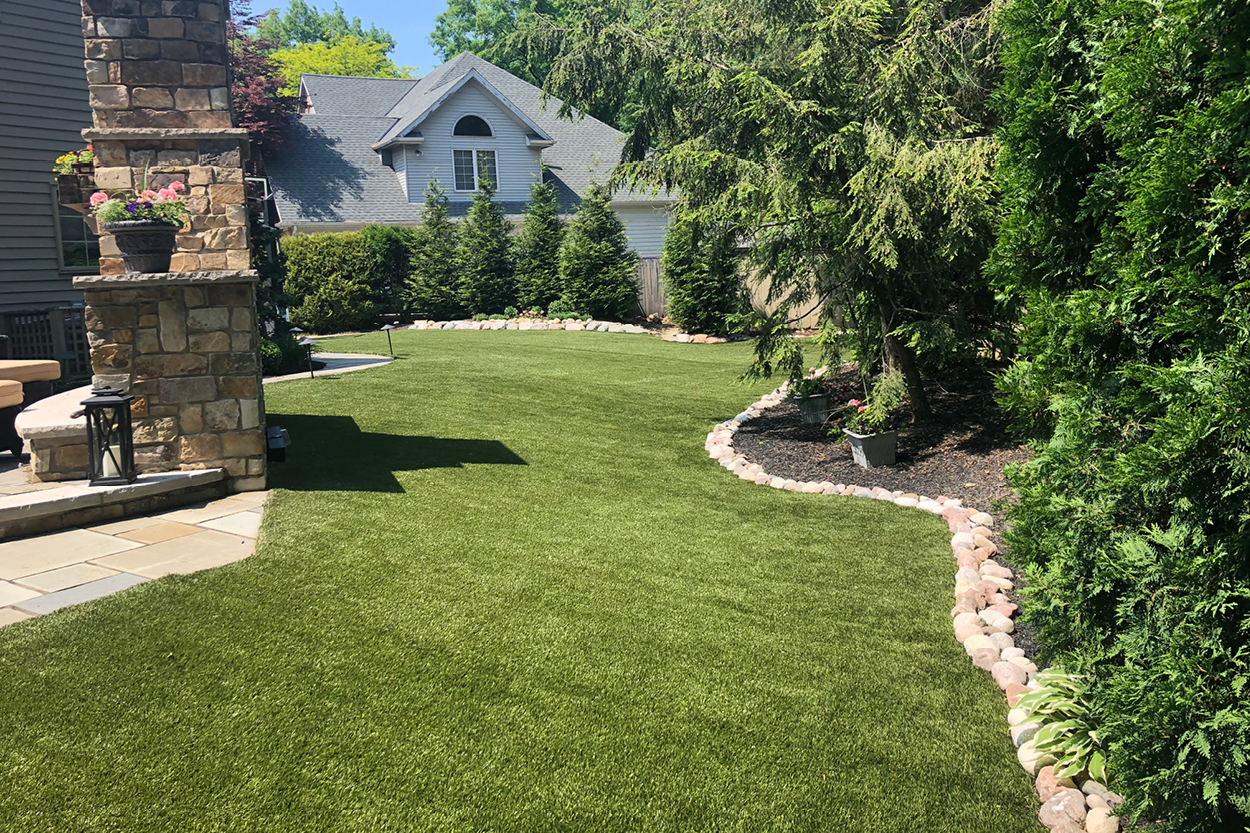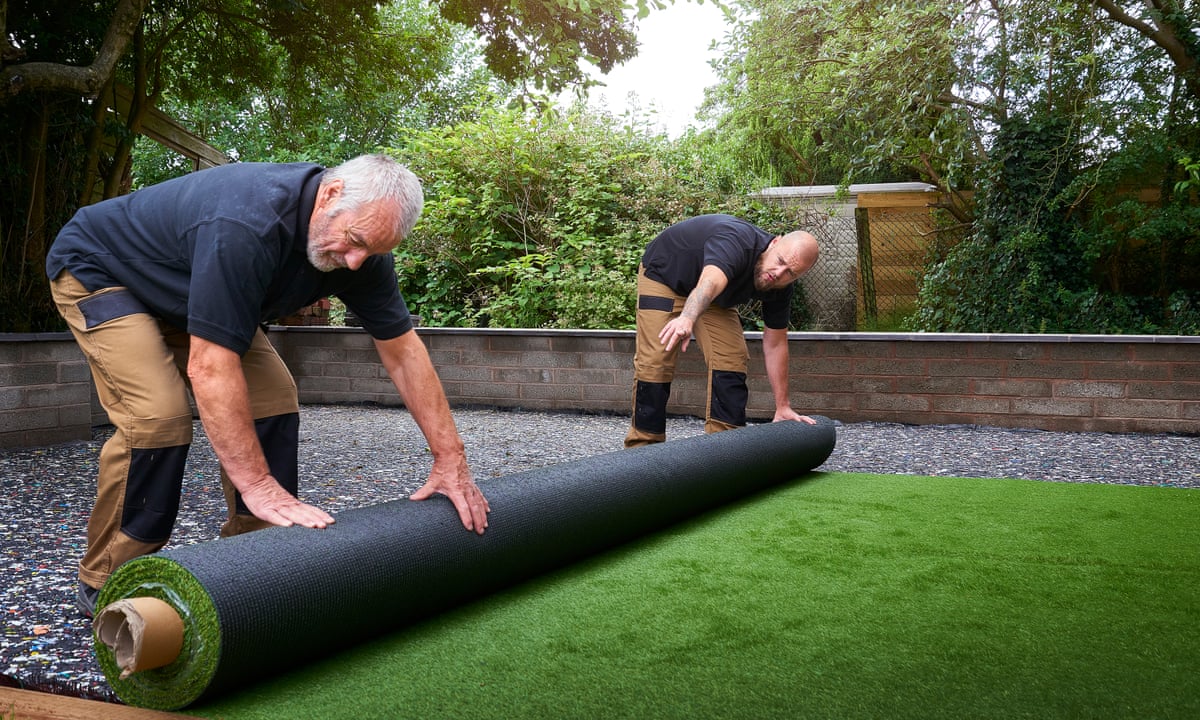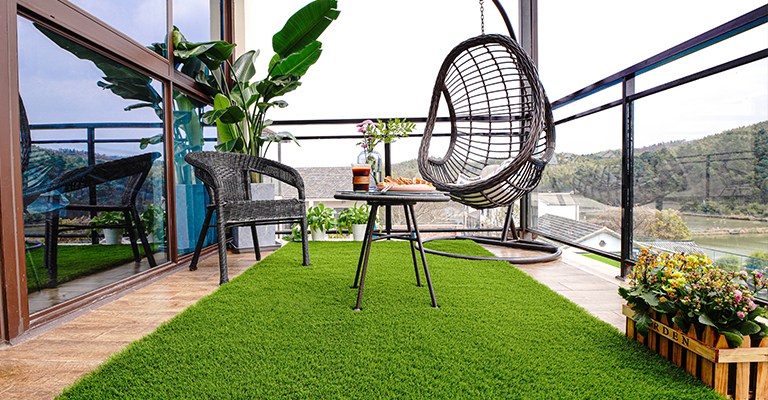Top Phoenix Turf Companies Delivering Premium Synthetic Lawn Products
Delve Into the Environmental Conveniences of Opting for Artificial Grass Solutions
The fostering of synthetic grass solutions offers an engaging chance to address pushing environmental challenges. By considerably decreasing water usage and decreasing the application of unsafe chemicals, these choices not only advertise lasting landscape design but also protect regional ecosystems. The lower carbon footprint linked with decreased upkeep activities adds to a more lasting method to land monitoring. Nevertheless, the implications of these advantages extend past simple conservation efforts, elevating questions about their long-lasting influence on habitat conservation and total environmental equilibrium. Checking out these measurements reveals a complicated interaction worth considering.
Water Preservation Benefits
One of one of the most substantial benefits of synthetic grass is its capability to save water. Standard lawn yards call for significant irrigation, especially in areas prone to drought or water restrictions. On the other hand, man-made lawn does not require watering, significantly decreasing the overall demand for water resources. This feature is particularly beneficial in dry regions where water deficiency is a pressing concern.
By eliminating the demand for normal watering, synthetic grass adds to lasting landscape methods and aids alleviate the ecological impact of excessive water consumption. Furthermore, the conservation of water extends to the decrease of runoff, which can result in soil disintegration and waterway contamination.
Additionally, the setup of synthetic grass permits communities and homeowners to assign water sources more effectively, concentrating on vital usages such as drinking water and agriculture. The shift in the direction of synthetic grass not only promotes liable water usage yet also aligns with wider ecological goals intended at protecting natural deposits.
As areas progressively focus on sustainability, the water conservation benefits of man-made grass present an engaging situation for its adoption in business and household landscaping projects.
Minimized Chemical Use
The shift to artificial turf dramatically lowers the reliance on chemical treatments frequently used in natural yard maintenance. Traditional turf administration normally includes the application of herbicides, pesticides, and fertilizers to promote growth and control bugs. These chemicals can position threats to human health, regional wildlife, and the setting, contributing to soil and water contamination.
On the other hand, synthetic grass eliminates the requirement for these dangerous compounds. When set up, it calls for marginal upkeep, mostly consisting of regular cleansing and seldom infill replenishment. This decrease in chemical use not just profits the instant atmosphere yet additionally adds to broader ecological stability. By lessening the release of artificial substances into the ecological community, synthetic grass advertises much healthier dirt and water systems.
In addition, the absence of chemical runoff connected with synthetic grass setups helps secure neighborhood waterways from pollution, supporting water life and maintaining biodiversity. Phoenix turf companies. As communities progressively focus on sustainable methods, choosing synthetic grass provides a viable solution that aligns with ecological conservation objectives. With this shift, home owners can enjoy rich eco-friendly areas without compromising ecological wellness, leading the way for an extra lasting future
Reduced Carbon Footprint

Furthermore, the installment of synthetic grass can result in significant water preservation. Natural yards require substantial quantities of water for irrigation, which not just includes in the carbon footprint connected with water extraction and therapy but likewise pressures neighborhood water sources. In comparison, synthetic grass needs minimal maintenance, requiring no watering, therefore significantly decreasing water usage and its connected power expenses.
Additionally, the long life of synthetic grass adds to its reduced carbon influence. With a life-span of as much as 15 years or even more, the need for constant substitutes is decreased, resulting in less waste and lower power intake in production and disposing of typical lawn alternatives. Generally, synthetic grass presents a sustainable choice for ecologically conscious landscape design.
Habitat Conservation
Habitat conservation is a vital factor to consider in the dispute over landscaping selections, particularly when contrasting man-made lawn to natural turf. All-natural yard yards typically require considerable upkeep, including the use of fertilizers, herbicides, and chemicals, which can adversely affect neighborhood ecosystems. These chemicals can seep right into the soil and rivers, hurting indigenous vegetation and fauna and interrupting regional habitats.
On the other hand, synthetic grass offers a chance to lower the ecological impact of landscape design. By choosing artificial navigate to this website turf, property owners can lessen the disruption of all-natural environments linked with traditional lawn treatment practices. Artificial grass gets rid of the need for dangerous chemicals, consequently securing close-by wildlife and keeping the honesty of surrounding ecosystems. The installment of fabricated turf can lead to the conversion of former turf areas right into even more biodiverse landscapes, such as pollinator gardens or indigenous plant locations, which can support regional wild animals.
Ultimately, the shift to fabricated lawn not just saves water and minimizes upkeep initiatives however likewise promotes a much more unified connection in between human tasks and the natural surroundings, advertising environment preservation at the same time.
Long-Term Sustainability
Long-term sustainability is a critical factor in examining the advantages of synthetic turf over standard turf lawns. One of one of the most significant advantages of fabricated turf is its longevity; it can last up to 15-20 years with very little upkeep, whereas all-natural turf requires constant reseeding and substitute. This durability reduces the the original source demand for constant sources, such as water, plant foods, and chemicals, which are vital for preserving a healthy turf lawn.
In addition, man-made turf adds to a reduction in carbon exhausts connected with lawn care tools. Standard lawns often call for gas-powered mowers, leaners, and blowers, all of which contribute to air contamination. Arizona artificial turf. On the other hand, artificial lawn removes the requirement for such equipment, promoting a cleaner atmosphere
In addition, the manufacturing of synthetic grass progressively makes use of recycled materials, boosting its sustainability profile. As makers adopt environmentally friendly methods, the ecological footprint of synthetic grass remains to decrease.

Conclusion
The adoption of artificial turf remedies offers considerable ecological benefits, including significant water conservation, reduced dependence on unsafe chemicals, and a reduced carbon footprint. Additionally, synthetic grass help in preserving all-natural habitats by decreasing land disruption and advertising long-lasting sustainability with the usage of resilient products. Collectively, these variables underscore the capacity of artificial grass to his response add favorably to environmental health and wellness and supply a sensible alternative to conventional landscape design methods in an increasingly resource-conscious world.
In comparison, fabricated turf does not need watering, significantly decreasing the total need for water resources. By reducing the launch of artificial substances into the community, fabricated turf promotes healthier soil and water systems.
In addition, the installation of synthetic grass can result in significant water preservation. In contrast, synthetic lawn requires marginal maintenance, needing no watering, therefore considerably reducing water usage and its linked energy expenses.
